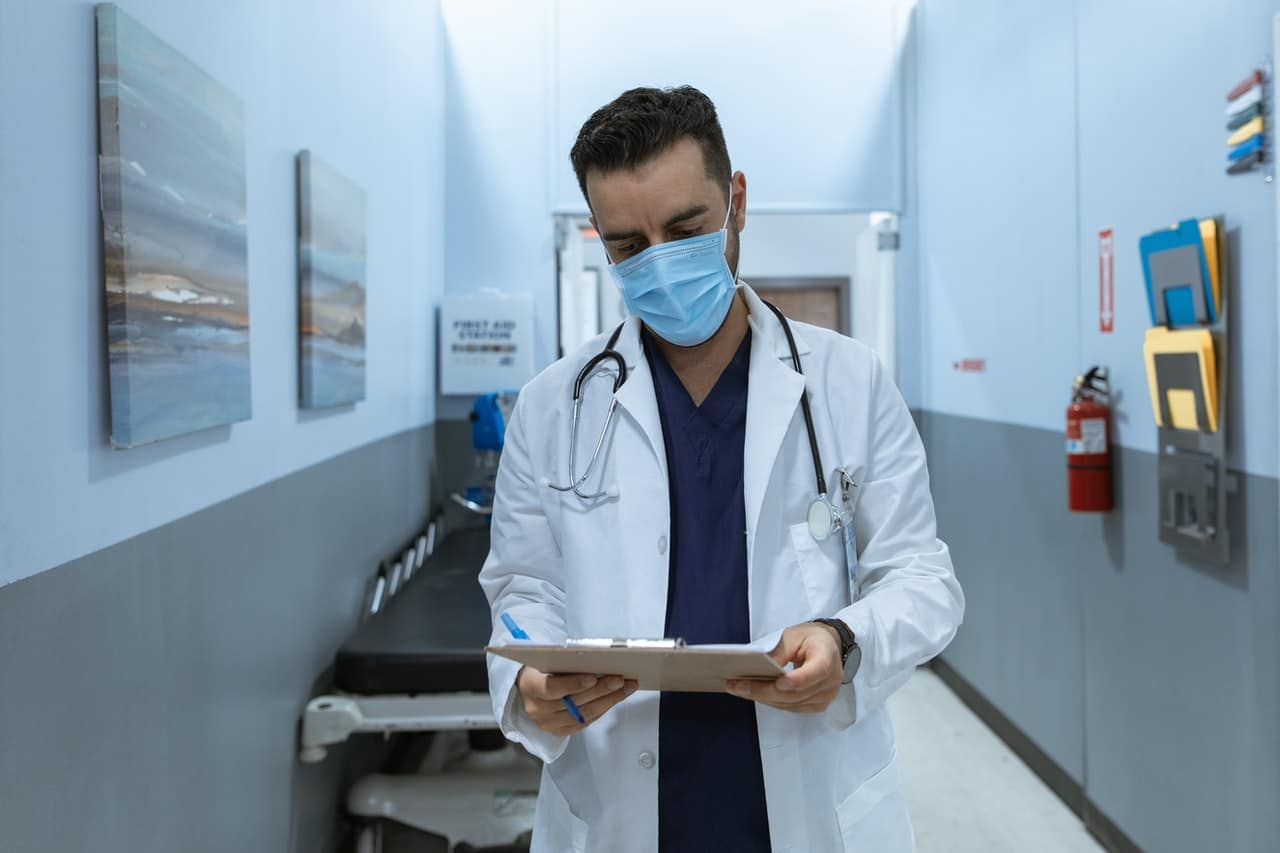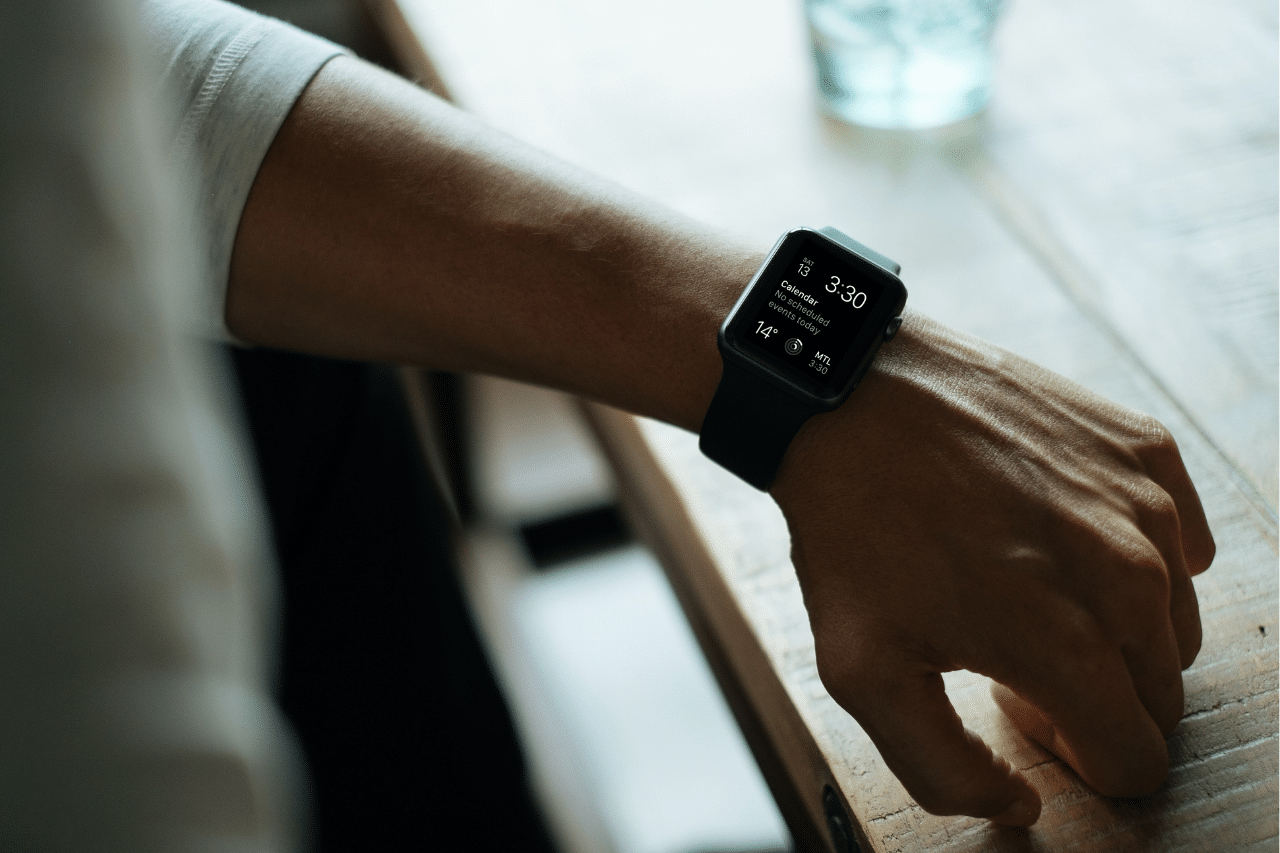
Facts About Wearable Medical Devices And Remote Patient Monitoring That May Surprise You
April 11, 2022
Remote or wearable patient monitoring devices have revolutionized healthcare, enhancing the quality of people’s lives. Whether it is the tracking of steps, counting calories burned, or sending emergency distress signals to the closest healthcare facilities, these devices can do it all. Remote patient monitoring has shown significant improvements in immediate and effective patient care by ensuring constant connectivity between patients and physicians. Moreover, this healthcare system has evolved over time to provide improved outcomes in patient monitoring at reduced costs.
The digitization of healthcare, especially during the COVID-19 pandemic, has really surprised us with some smart healthcare. Statistics show that at least 45 million US patients are currently relying on remote patient monitoring as of 2022 and the number could touch 80 million by 2025. The technology is still nascent and has a long way to go. Meanwhile, here are some facts about wearable medical devices and remote patient monitoring that may surprise you:
Prediction and prevention of certain conditions
According to a survey by the CDC, the US currently spends around $3.5 trillion on treating chronic and mental health conditions. In the US, 1 out of 3 deaths every year are due to heart diseases and stroke, more than 34 million people are living with diabetes and $50 billion is spent annually on mitigating chronic lung issues. Remote patient monitoring can help predict certain health conditions such as diabetes and eventually prevent them through valuable feedback and timely inputs. This is backed up by research conducted by KLAS that surveyed 25 healthcare organizations. Of these, 38% reported a reduction in admissions related to chronic conditions.
One example of preventative monitoring is a wrist device that can prevent nausea and pregnancy-related morning sickness. The FDA-cleared device performs this function through effective neuromodulation. Another project under work is trying to create embedded breast patches to aid in the quick detection of breast cancer through breast tissue monitoring.
It can easily transmit data over the internet
This is not a biggie, but a really fascinating insight into how the remote patient monitoring technology really works. Wearable devices can be tweaked as per the individual patient’s needs and conditions to monitor specific data. This data is then compiled and a summary is sent to medical professionals and even off-site monitoring centers, that then offer quick recommendations or solutions. This method of data transmission can make healthcare so much more accessible. According to statistics, 88% of patients from a US target group did opt for remote healthcare in 2021 and around 4% are even willing to switch doctors for this.
Efficiently track your blood sugar levels
If you were one to believe that wearable and remote patient monitoring devices could be used just to count your steps and blood pressure, this one is for you. The devices can effectively help you manage diabetes by constantly monitoring your blood sugar levels and updating you with any changes. Moreover, it can also track medication effects, progress on treatment goals, and add suggestions for follow-up appointments. Apart from this, remote monitoring can further be tweaked with devices that test for anticoagulation, perform an ECG, monitor maternity and pediatric care, check blood oxygen levels and even track weight.
Mental Health tracking
Mental health care is still largely sidelined and inaccessible in the US. About 19.8% of adults and 15% of adolescents in the US reported having mental health conditions between 2021 and 2022. About 60% of the youth and 56% of adults did not receive any medical treatment Over time, the number of adults experiencing suicidal thoughts (about 5%) or death by suicide has also been on the rise. Wearable devices can effectively monitor extreme weight loss/gain, frequent irregularities in heartbeat, and motion tracking to detect psychomotor agitation and retardation to effectively predict mental well-being. According to experts, these are some of the most crucial indicators of mental distress and mental health conditions ranging from anxiety and depression to PTSD, bipolar disorder, and even schizophrenia.
The first RPM was in space
Remote patient monitoring took birth somewhere in the 19th century when physicians began conversing and consulting on the phone. Over time, x-rays were being sent on the wire, neurological exams began being electronically transmitted, and psychiatric consultations were sent through pay-per-view TV. The first patient to be monitored remotely however was Alan Shepherd, the first American in space. In 1961, Shepherd’s vitals were being monitored through an EKG, respiratory sensors, and thermometers. Today, the technology has grown to monitor patients for all kinds of conditions from the comfort of their homes.
The cost of RPM
According to research, the global RPM systems market is projected to be worth over $1.7 billion by 2027. That is a whopping 128% increment from the market’s current statistics. However, despite such a high valuation, remote patient monitoring systems continue to remain cost-effective. Reduction in the cost of commute and a decrease in the number of hospital readmissions can make healthcare much more feasible. Moreover, with effective monitoring, the time required for physicians to make accurate diagnoses also reduces. The university medical center in Mississippi implemented the Mississippi Diabetes Telehealth Network. In the first year of its implementation, the cost savings were estimated to be $339,184 per patient.
Telemedicine and remote patient monitoring systems still have a long way to go. However, the current progress is indicative of how far it has come and how much easier it would make healthcare for everyone. That said, patients and physicians need to be clear on their goals and how they can achieve them since one can never be entirely dependent on RPM, yet.
Read about the top healthcare technology trends in 2022 on our blog.



